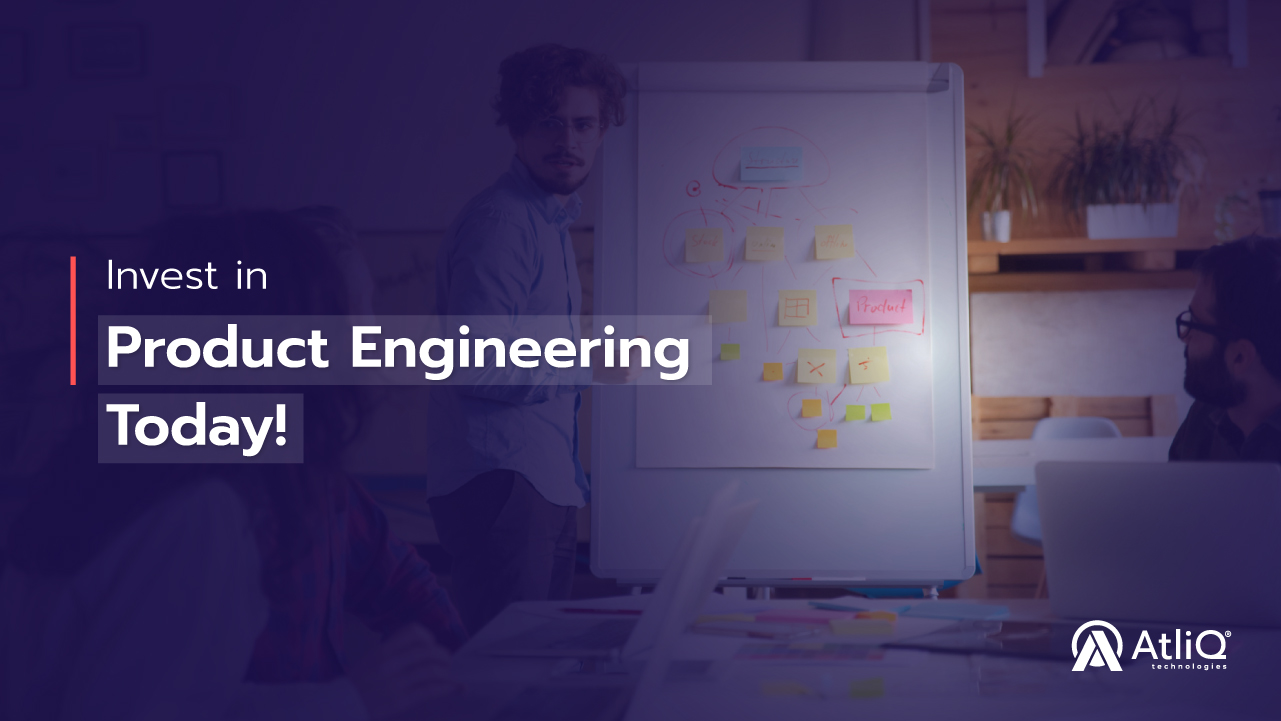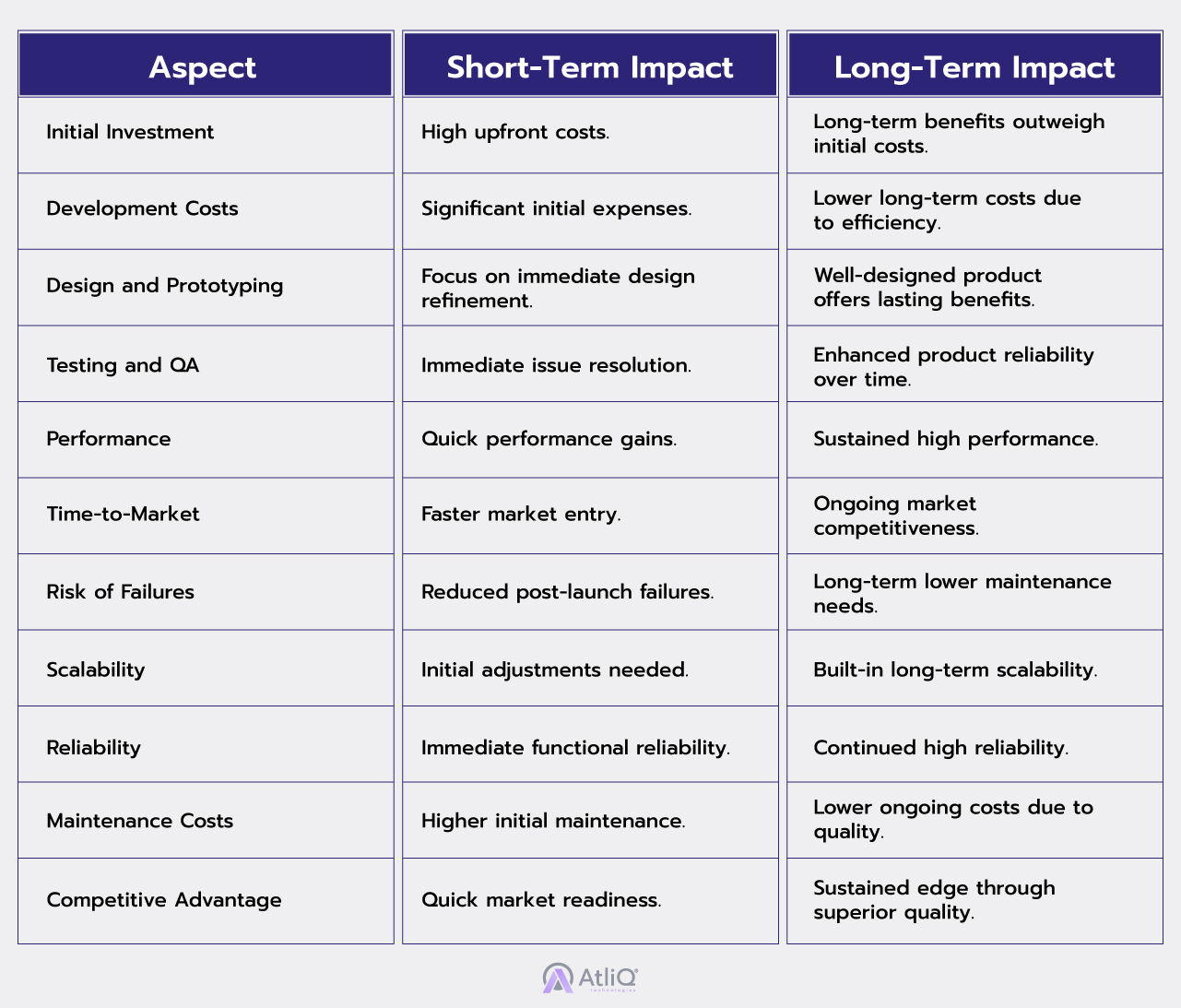
Did you know that 70% of tech startups fail due to poor product quality and engineering issues? Imagine spending countless hours and dollars on a product, only to see it falter because of preventable design and development missteps. The stakes are high, and the cost of ignoring robust product engineering can be devastating.
In a world where the digital landscape constantly evolves, investing in product engineering isn’t just an option—it’s necessary for long-term success. Companies that prioritize this investment often find themselves ahead of the curve, enjoying not only smoother product launches but also enduring customer satisfaction and market dominance.
Are you ready to discover how strategic investment in product engineering can transform your digital product development process and secure your position as a market leader? Learn how forward-thinking companies are reaping the rewards and why you can’t afford to miss out.
What is Product Engineering?
Product engineering is a comprehensive process that involves designing, developing, testing, and iterating on a product to ensure it meets user needs and business objectives. This multifaceted approach goes beyond just creating a functional product; it encompasses the entire product lifecycle from initial concept through to market release and beyond.
Short Term Vs Long Term Impact of Product Engineering
Initial Investment: Investing in product engineering requires a significant upfront commitment of both time and resources. This initial phase involves several costs:
- Development Costs: Building a high-quality product involves substantial expenses related to software development, including hiring skilled engineers, designers, and testers. Advanced technologies and tools may also contribute to higher initial costs.
- Design and Prototyping: Creating and refining designs through prototypes can be expensive but is crucial for ensuring the final product meets user needs and expectations.
- Testing and Quality Assurance: Comprehensive testing phases require investment in tools and resources to identify and fix issues before the product launch, ensuring it functions smoothly and meets quality standards.
While these initial costs can be substantial, they set the stage for both immediate and long-term benefits.
Immediate Benefits: A well-engineered product can provide several quick wins and efficiencies:
- Enhanced Performance: A product designed with attention to detail and rigorously tested performs better from the outset, leading to a more satisfying user experience and fewer post-launch issues.
- Faster Time-to-Market: Effective product engineering processes streamline development, enabling quicker market entry and allowing businesses to capitalize on new opportunities sooner.
- Reduced Risk of Failures: Early identification and resolution of potential issues minimize the risk of major failures post-launch, saving both time and money on fixes and customer support.
Long-Term Benefits: The advantages of investing in product engineering extend well beyond the initial launch:
- Scalability: Products engineered with scalability in mind can grow and adapt with increasing user demands and market changes, ensuring long-term viability and reducing the need for costly redesigns.
- Reliability: A focus on quality engineering results in a more reliable product with fewer bugs and performance issues, fostering user trust and loyalty over time.
- Reduced Maintenance Costs: High-quality engineering reduces the frequency and severity of maintenance needs, leading to lower ongoing costs and less disruption for users.
- Competitive Advantage: Companies that prioritize product engineering often achieve a stronger market position, as their products tend to outperform competitors in terms of functionality, usability, and overall quality.
In essence, while the initial investment in product engineering can be significant, the immediate benefits and long-term advantages make it a worthwhile endeavor. Investing in a robust engineering process pays off by enhancing product performance, increasing market readiness, and ensuring sustained success in a competitive landscape.
Strategic Advantages of Investing in Product Engineering
- Competitive Edge: A well-engineered product stands out in a crowded market by offering superior performance, reliability, and user experience. This differentiation not only attracts customers but also positions a company as a leader in its industry. Effective product engineering ensures that a product meets and exceeds market expectations, setting the company apart from competitors who may offer less refined solutions.
- Customer Satisfaction: Investing in product engineering directly impacts customer satisfaction. High-quality engineering translates into a more reliable and user-friendly product, leading to positive user experiences and stronger customer loyalty. When products perform well and are free of critical issues, customers are more likely to recommend the product and remain loyal to the brand, driving long-term success.
- Innovation: Commitment to product engineering fosters a culture of innovation and continuous improvement. By integrating the latest technologies and development practices, companies can push the boundaries of what’s possible, leading to innovative features and solutions. This proactive approach not only enhances the current product but also encourages a mindset of ongoing advancement and adaptation to emerging trends.
Measuring the Impact
Key Metrics: To gauge the success of product engineering investments, several key metrics are essential:
- Return on Investment (ROI): Measure the financial returns compared to the initial investment in product engineering. A positive ROI indicates that the investment is paying off.
- User Satisfaction: Track customer feedback and satisfaction scores to assess the impact of engineering on user experience. High satisfaction often correlates with better product quality.
- Performance Metrics: Monitor performance indicators such as load times, error rates, and system reliability to evaluate how well the product performs in real-world scenarios.
Feedback Loops: Incorporating feedback is crucial for continuous improvement:
- Customer Feedback: Regularly collect and analyze user feedback to identify areas for enhancement and address issues promptly. This helps in refining the product to better meet user needs.
- Stakeholder Input: Engage with stakeholders to gather insights on product performance and potential improvements. Their perspectives can provide valuable guidance for future development efforts.
- Iterative Development: Use feedback to inform iterative updates and upgrades, ensuring the product evolves in alignment with user expectations and market demands.
These practices help in tracking the effectiveness of product engineering investments and driving ongoing product excellence.
Future Trends in Product Engineering
Emerging Technologies: The future of product engineering is being shaped by cutting-edge advancements such as artificial intelligence (AI), machine learning, and automation. These technologies enable faster development cycles, smarter product designs, and more efficient testing processes. AI-driven tools can predict user needs and automate repetitive tasks, while machine learning enhances product adaptability, making systems more intuitive and responsive to user behavior. Automation streamlines processes, reducing human error and speeding up time-to-market.
Adapting to Change: To stay competitive, companies must embrace these emerging trends and continually evolve their engineering practices. This requires a forward-thinking mindset, investment in new technologies, and an agile approach to product development. By proactively integrating these innovations, companies can not only enhance their product offerings but also stay ahead in a rapidly changing market.
Investing in product engineering is not just a short-term strategy; it’s a commitment to long-term success. While the initial costs and efforts may seem significant, the benefits—ranging from enhanced performance and customer satisfaction to scalability and reduced maintenance costs—are undeniable. Companies that prioritize product engineering set themselves up for sustained growth, innovation, and a competitive edge in the market. As technology continues to evolve, a well-engineered product becomes the foundation upon which future advancements and business success are built. The choice is clear: investing in product engineering today guarantees a brighter, more secure future for your business.
Let’s get started on building something extraordinary!
